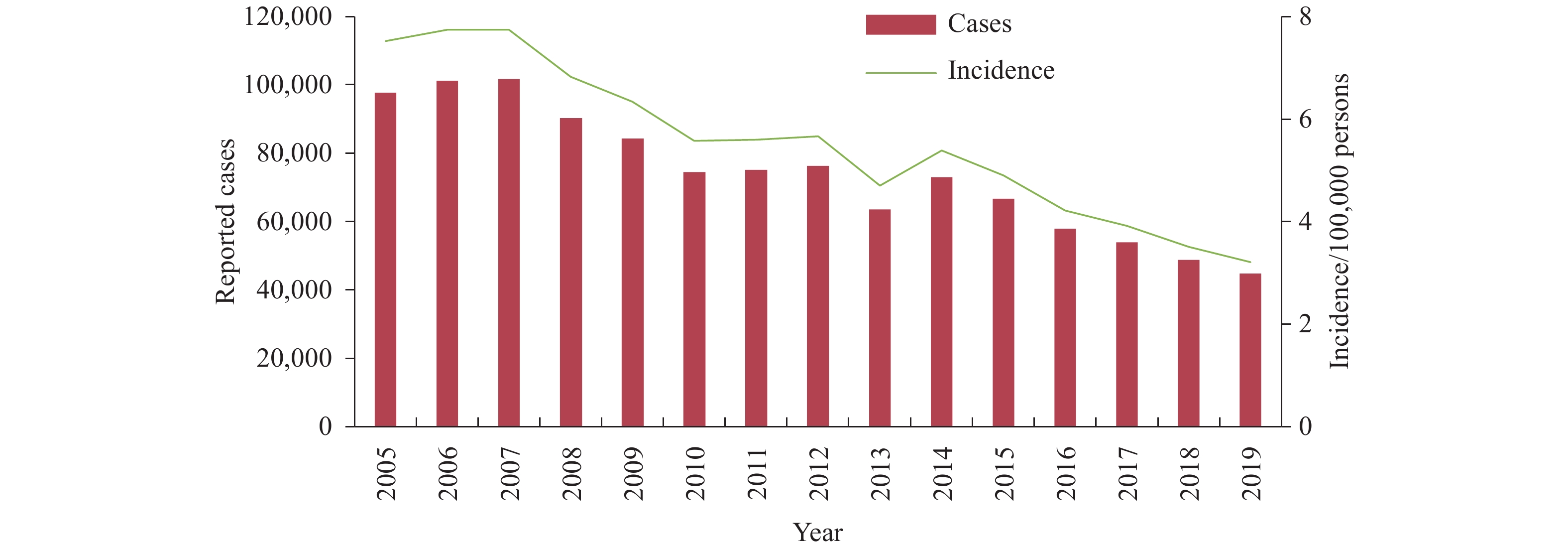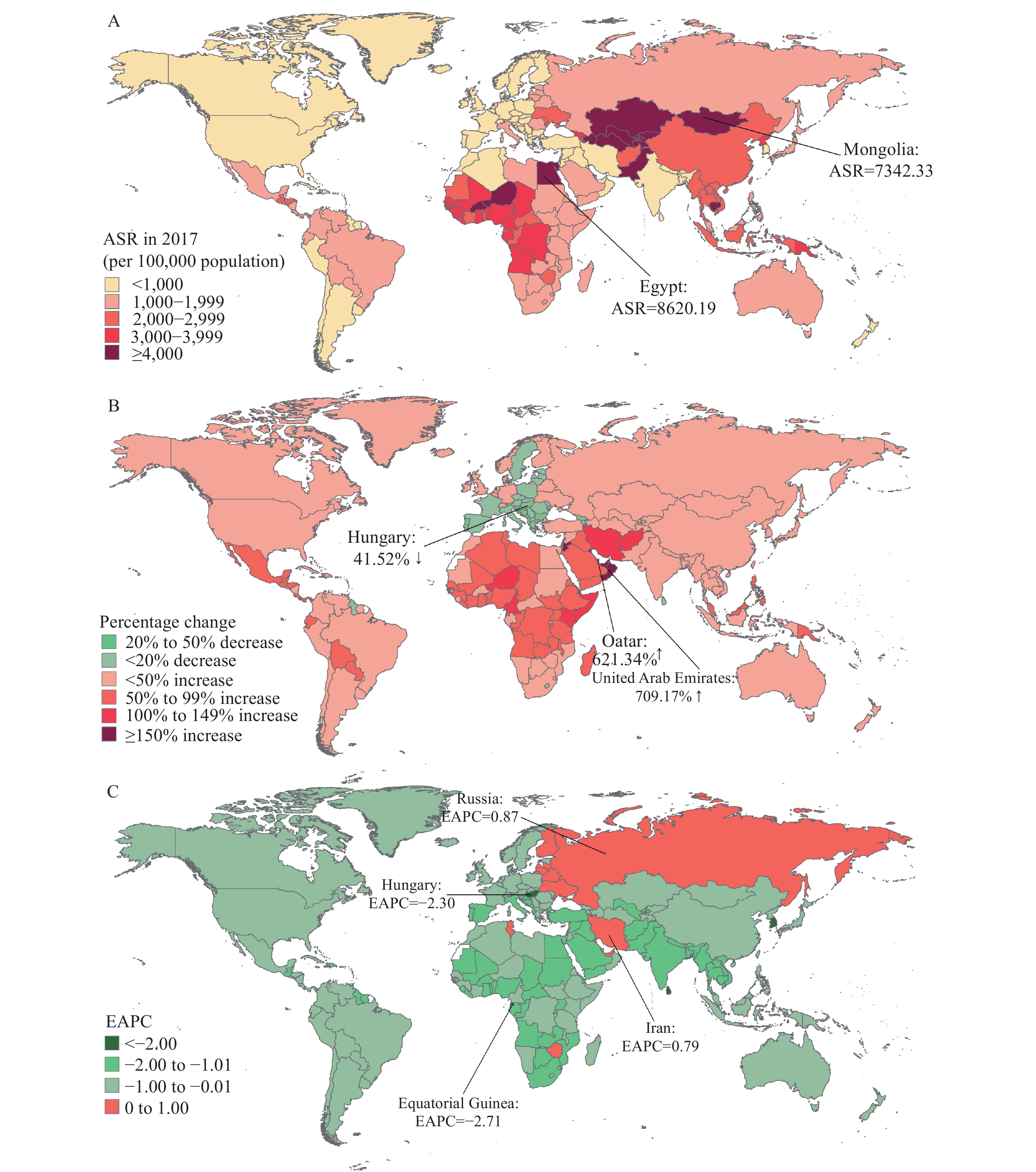2020 Vol. 2, No. 30
The global prevalence of hepatitis C virus (HCV) infection in 2015 has been modeled to assess the disease burden in 21 Global Burden of Disease (GBD) regions. However, there is no study to clarify the global long-term trends and regional differences in HCV infection prevalence.
This report clarified the global temporal trends and regional differences in HCV infection prevalence. Global HCV infection age-standardized prevalence rate (ASR) gradually decreased from 1990 to 2017 except in Eastern Europe, and liver cancer due to hepatitis C ASR increased worldwide with drastic shifts in low-middle Socio-Demographic Index (SDI) regions in the last decade.
HCV is still prevalent worldwide despite the development of highly effective direct-acting antivirals (DAAs) and showed a reemergence concurrent with the opioid crisis. HCV infection prevention might involve at least 3 aspects: first, prohibiting HCV widespread transmission among general populations; second, increasing global DAAs coverage; and third, continuously investing in the development of the HCV vaccine.
What is already known about this topic?
Hepatitis A (HA) is caused by acute hepatitis A virus (HAV) infection and was once very common in China. Following the 2008 introduction of the HA vaccine into the national Expanded Program on Immunization (EPI), the incidence of reported HA in China decreased markedly. However, HA epidemics still occur in Liaoning Province every 3–5 years, although with far fewer cases than in the pre-HA-vaccination era.
What is added by this report?
Between January 1, 2020 and March 18, 2020, the number of reported cases of HA in Dalian and Dandong cities of Liaoning Province increased significantly compared with the same period in previous years. All cases were sporadic, and cases were seen in nearly every township. The increase in HA occurred one month after local fresh seafood became available with most cases being among adults. A case-control study showed that consuming raw or undercooked seafood, clams, snapping shrimp, and oysters were significantly associated with the increase in HA.
What are the implications for public health practices?
Strengthening health education for residents to avoid consumption of raw seafood and encouraging HAV vaccination of adults aged 20 to 54 years are important to prevent periodic HAV endemic outbreaks. Further multisectoral cooperation must be emphasized on HA surveillance in areas with a high prevalence of HA.



 Subscribe for E-mail Alerts
Subscribe for E-mail Alerts CCDC Weekly RSS Feed
CCDC Weekly RSS Feed

